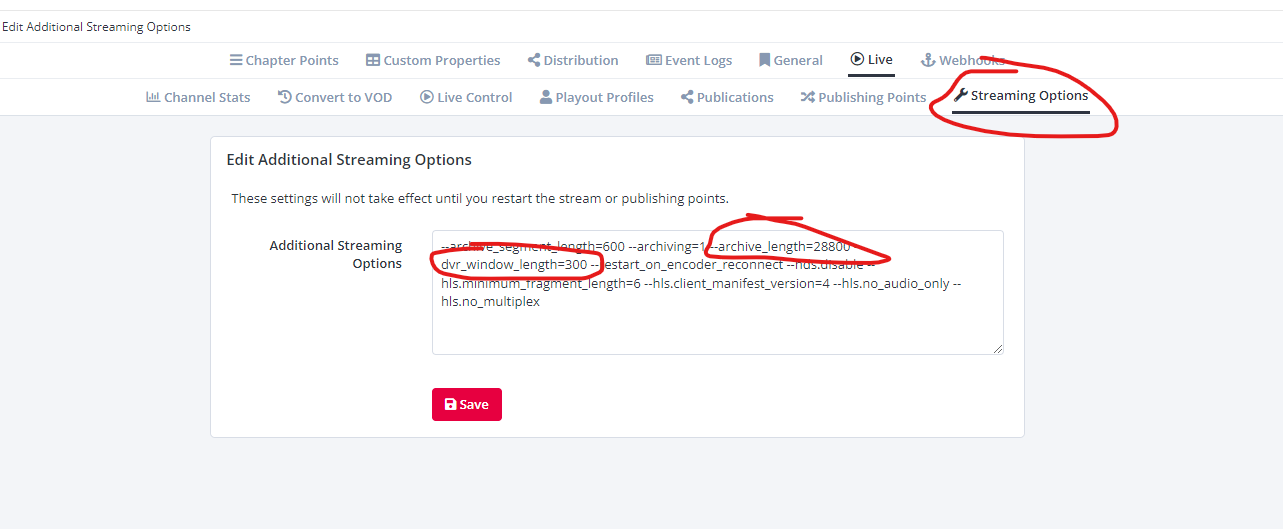Fox.com inspiration
- "live now" is anchored to the left, make it much easier to interpret. This can be achieved by having the following
- 'now' as the start of timeline
- a short timeline of 4-8 hour
- click "scroll left" button to also load historical events
- 'now' as the start of timeline
- On Mobile it shows a condensed schedule, with just the program titles
- Also nice: Player in top

Same replicated with Planby:

Goal
Visualize live channel schedules
Scope
Must have
Should have
Nice-to-have
Out-of-scope
UI Design
Earlier designs:
EPG UI component
https://planby.netlify.app/
JW Admin Workflow
Creating Channels
scheduleUrlfor each channelcontentTypewith valueLiveChannel, which the web app will use tolivetagcontentTypeasLive, which the web app will use to open the EPG pageManaging EPG
Live Stream Chapter Point Management in Broadcast Live
Runtime Interfaces
Channel schedule data
The channel schedule data format is from Broadcast Live Chapter Points
curl "https://vis.controlhub.jw.poc8.vualto.com/api/chapterpoint/?eventId=aef58401-f36a-4846-9d81-cb90388be3b0" -H "API-KEY: 6b1d6b29-8d95-4237-be26-ccc694a25830"Broadcast Live Stream Interface
-Admin https://admin.controlhub.jw.poc8.vualto.com/ (Access through mvandeveen@jwplayer.com)
https://.../xyz.m3u8?t=2022-05-24T23:50:00-2022-05-25T00:55:00. -- complying to ISO 8601Broadcast Live Stream DVR / Catchup Config
Default: DVR 5min, Catchup 8 hours:
Important notes:
JW / Broadcast Live Offering
Reference
Alternative data formats considered
Examples EPGs (reference)